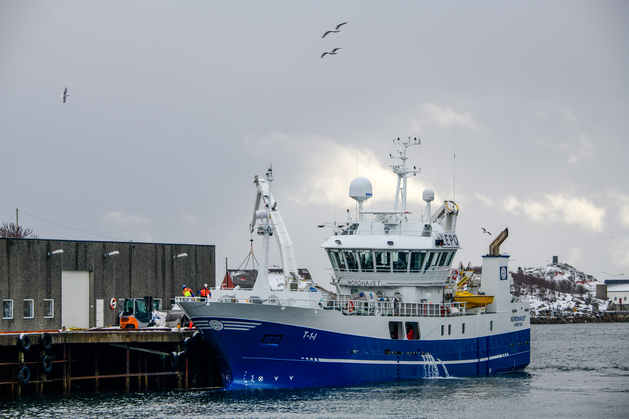60 percent value increase in the fisheries

The landed value of fish and shellfish delivered by the Norwegian fishing fleet last year was NOK 23.9 billion. Adjusted for inflation, the increase is as much as 60% over the past 20 years.
This has been published in a new report submitted by Nofima and Menon on behalf of the Norwegian Seafood Research Fund (FHF).
In 2021, the fishing fleet landed 2.59 million tons of fish and shellfish, a slight decrease from 2.62 million tons the year before. But even with a slight reduction in the amount of catches, the total landed value increased by NOK 1.1 billion to NOK 23.9 billion. This is a 4.5 percent increase from the previous year.
The employment effects from fishing activity in 2021 were 18,800 employees. Of these, 10,700 worked directly in the fisheries, while 8100 worked for industry suppliers.
“Even with structuring and fewer vessels, the fisheries are still of great importance regarding settlement and business development in many municipalities”, says Nofima scientist Audun Iversen.
250 municipalities
The direct value creation is distributed among approximately 250 municipalities. Fishery companies are largely concentrated in Northern and Western Norway, meaning the overall ripple effects are greatest in these regions. Total employment is highest in Troms and Finnmark (3800), Møre og Romsdal (3400), Vestland (3200), and Nordland (3000).
Norwegian fisheries provide significant value creation. In 2021, the fisheries created a net value creation of NOK 21.4 billion
“Value creation in the fishing fleet was NOK 13.8 billion, while NOK 7.6 billion of the value creation was ripple effects in the fleet’s suppliers”, says Nofima project manager Roy Robertsen.
Direct value creation in the fisheries is divided into 46% as remuneration to fishermen, 45% as profit to capital owners and 9% as tax to the state, counties and municipalities.
The total effects of taxation in 2021 amount to approximately NOK 5.8 billion. The researchers have calculated that approximately NOK 4.9 billion of this goes to the state as tax payments, while approximately NOK 720 million goes to the municipalities.
The number of vessels has remained relatively stable at 6000 in recent years, but decreased last year to 5600. Much of the fleet continues to be made up of small vessels under 11 metres in length. These constitute 80% of the fishing fleet, but an increasing proportion of the catch is taken by larger vessels.
Structuring within the fishing fleet has meant that quotas are distributed between fewer vessels, which in turn leads to the construction of new and larger vessels.
“Changes in fleet structure and new construction also lead to changes in the ripple effects, both in the composition of what is purchased and geographical changes”, says Nofima scientist Thomas Nyrud.
Publication
Contact persons
Topics
Ripple effects


